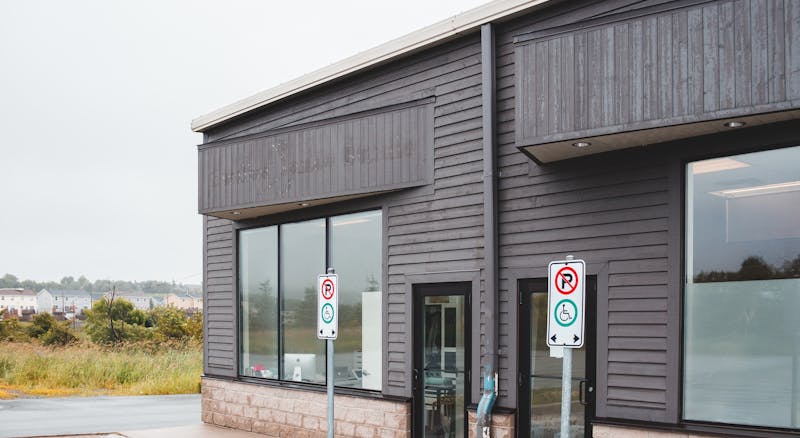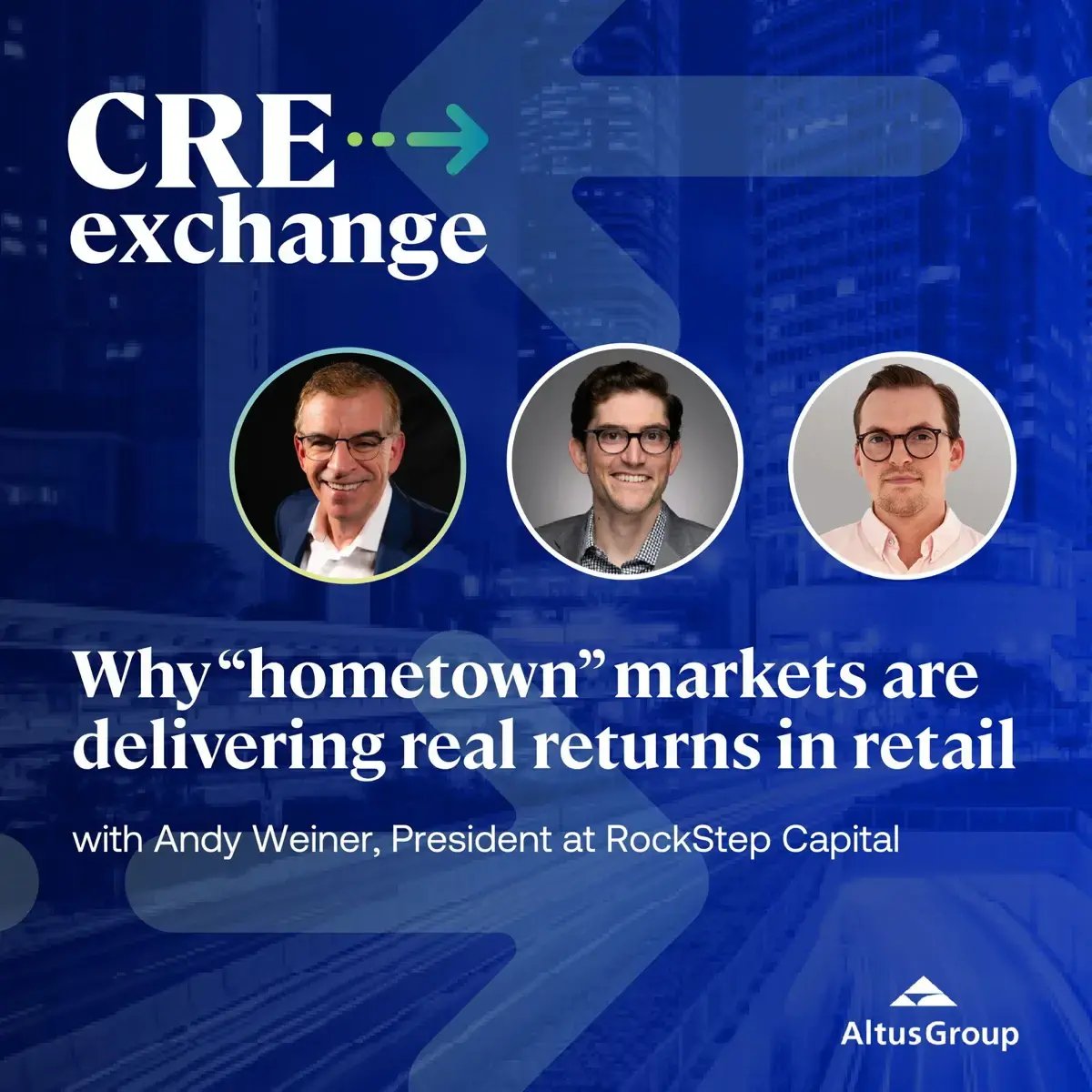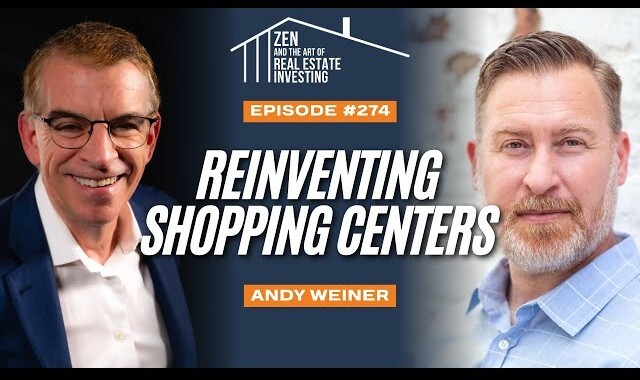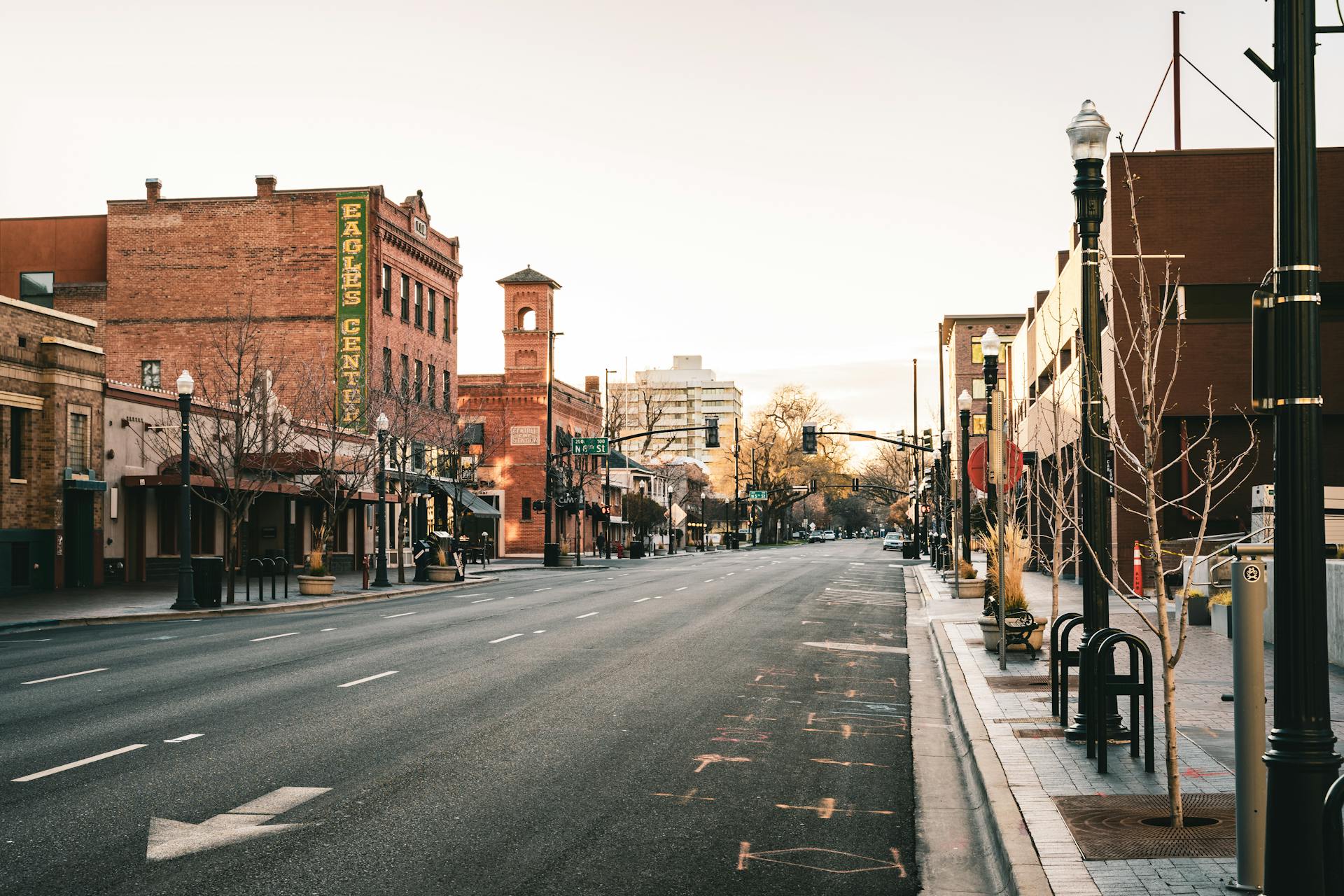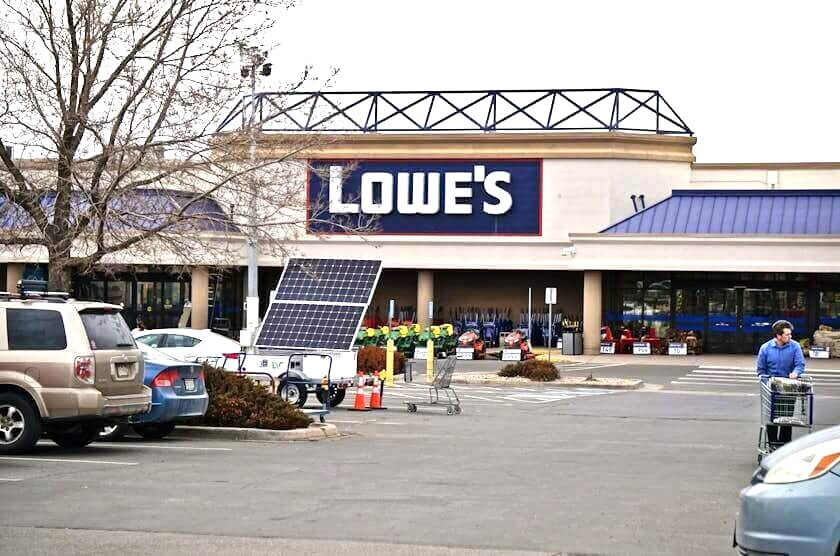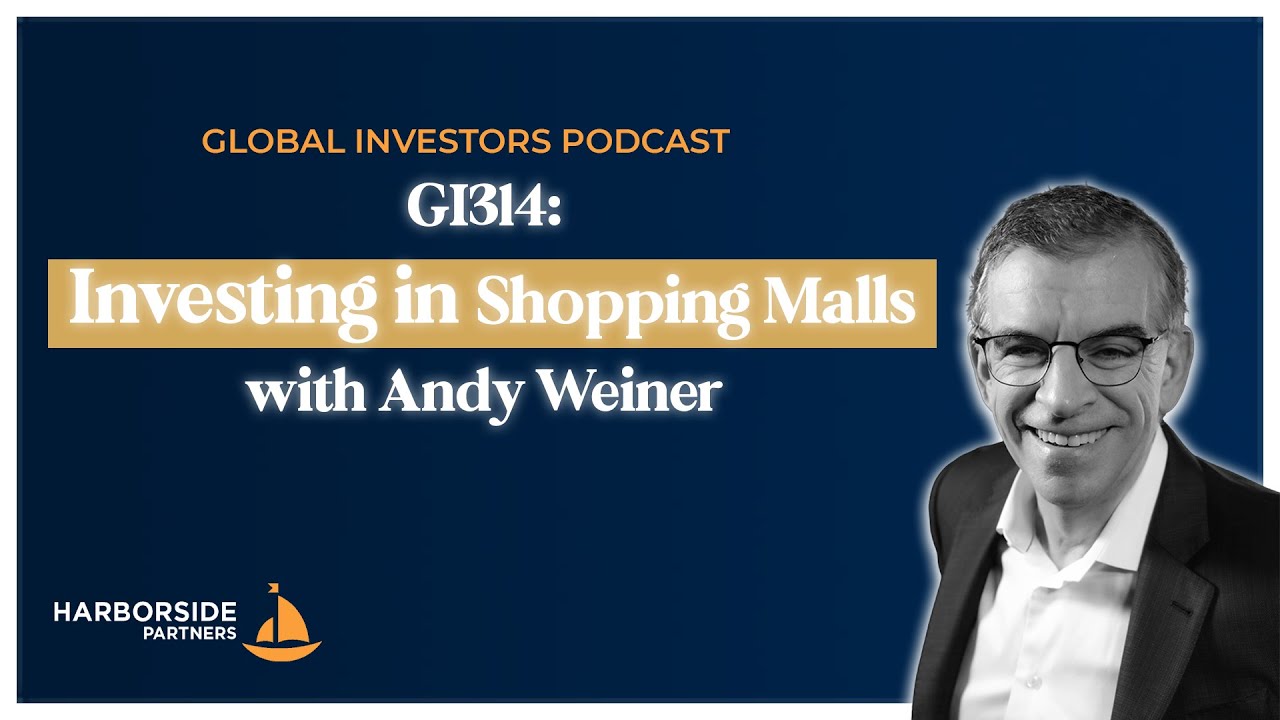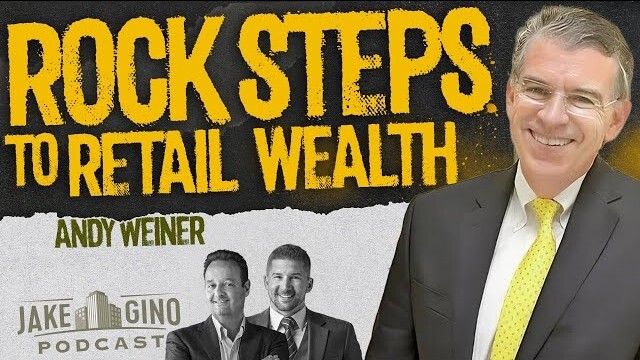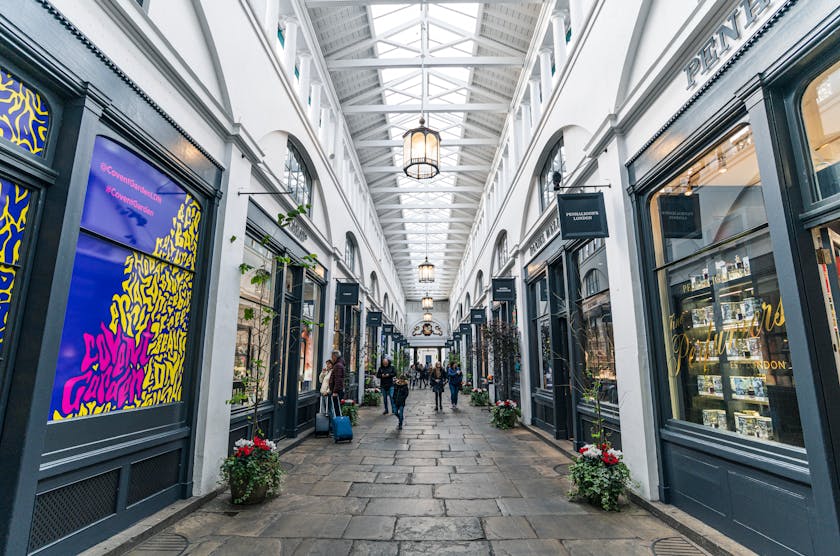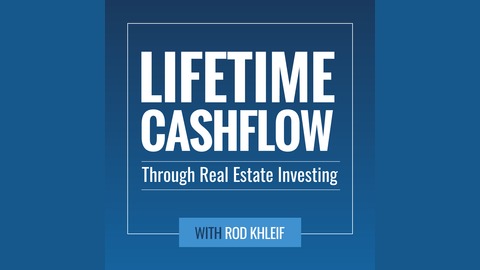Real Estate Investing Club Podcast: 17% Cap Rates On Shopping Centers
October 8th, 2025
4 min read
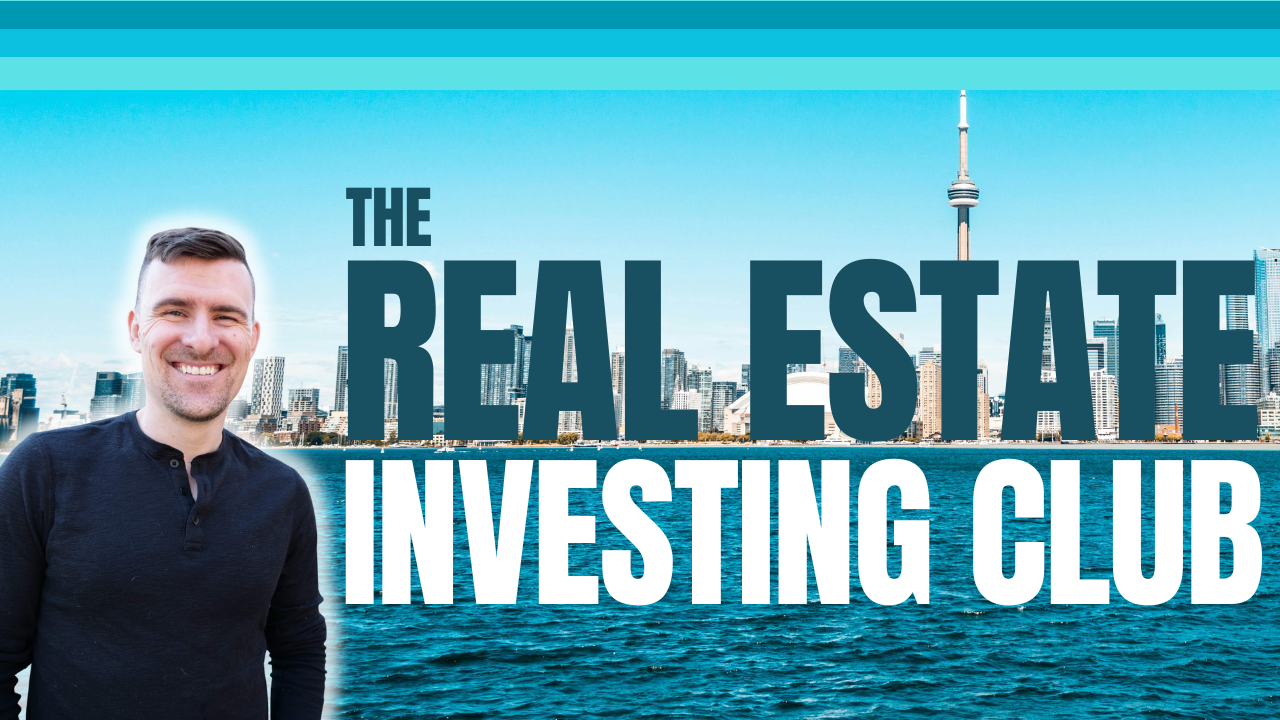
Note: This episode is also available on platforms like Apple Podcasts and Spotify.
When most investors think of commercial real estate, they picture apartment complexes or warehouses. Andy Weiner, founder and president of RockStep Capital, wants people to take a second look at shopping centers. He views these as the everyday properties that still anchor communities and generate consistent cash flow.
In a recent episode of The Real Estate Investing Club with host Gabe Peterson, Weiner explained why retail is thriving again, how RockStep Capital approaches investment differently, and why “hometown markets” may hold some of the strongest opportunities in real estate today.
From Family Retail to Real Estate
Weiner’s connection to retail began nearly a century ago with his grandfather’s chain of clothing stores, Wiener Stores.
“My grandfather in 1926 started a chain of clothing stores called Wiener Stores. We had 159 stores across Texas and Louisiana. I ran operations, stores, real estate, logistics. I’m a retailer by background.”
After decades in retail, Weiner transitioned from running stores to owning the properties behind them. In 1997, he founded RockStep Capital in Houston, building a vertically integrated company that now manages assets in 11 states and has built or acquired about 10 million square feet of shopping centers.
“Every time we buy a mall, we get local investors to be part of our equity to reduce risk. They help with entitlements, property taxes, and incentives. That partnership makes our projects stronger.”
The Story Behind “Rock Step”
The company’s name reflects both Weiner’s personality and philosophy.
“Rock Step is a dance move from the big band era. You rock step when you switch directions on count seven. For us, it’s a metaphor. We want to be nimble, light on our feet, and listen to the music in the industry.”
That metaphor became the foundation for RockStep’s culture. The company follows 25 Rules of Behavior (known internally as “RockSteps”), that guide how the team communicates, collaborates, and performs.
“Every Monday the whole company talks about the rock step of the week. It’s the language we use. It’s how we hire, how we fire, and how we build a high-performance team.”
Why Retail Isn’t Dead
For years, retail real estate was seen as a struggling asset class. Weiner says that perception is outdated.
“Retail’s been out of favor until about three years ago. Two things changed that: COVID and Amazon. They destroyed the weak players, and the ones that survived built their own e-commerce networks. Now they’re growing into an inventory of shopping centers that’s not growing.”
The limited new supply of retail space, coupled with stronger tenants, has created powerful dynamics for existing owners.
“If you own second-generation retail, you’ve got the wind at your back.”
As multifamily faces negative leverage and tighter margins, shopping centers are offering something increasingly rare in commercial real estate: yield.
The Types of Shopping Centers
To understand retail’s opportunities, Weiner divides the sector into a few clear categories.
“You’ve got strip centers, usually small with a few tenants like Chipotle or a dry cleaner. Neighborhood centers are around 100,000 square feet and might have a grocery anchor. Power centers have major retailers like TJ Maxx or Ross with restaurants around them. Then there are enclosed malls.”
Each category offers a different mix of risk and reward. Grocery-anchored centers often provide consistent cash flow, while enclosed malls can deliver high returns if purchased wisely.
“We bought a mall at a 17-cap and levered it at 50 percent. We’re returning 20 percent of capital per year for the first two years without a refinance.”
Finding Opportunity in Old Malls
Many investors overlook enclosed malls, but Weiner sees them as one of the most undervalued parts of the market.
“You can buy 50- or 100-acre deals at land value, but at 15 caps. There are three strategies: buy a mall that still works, arbitrage the periphery by selling ground leases, or shrink retail and add new uses like housing, hospitality, or entertainment.”
Some RockStep projects have involved redeveloping vacant spaces into grocery stores or banks. Others have partnered with cities to introduce new community attractions.
“One of our malls is getting a $45 million hockey arena owned by the city. It’s a great example of how retail can adapt and continue to serve the community.”
Guidance for New Investors
For investors looking to enter the sector, Weiner recommends starting small and focusing on fundamentals.
“A good place to start is with smaller centers—three to five tenants under $2 million. Look for markets with essential drivers like a university, hospital, or military base.”
He encourages anyone new to the space to start by learning.
“We have over a hundred articles on every aspect of shopping centers. We’ve got videos on our YouTube channel, The Shopping Center Channel, and on Instagram I’m The Shopping Center Guy. If you’re looking for yield, retail is the only sector today that has it.”
RockStep focuses on smaller “hometown” markets rather than large metropolitan areas. These are typically secondary or tertiary cities with strong community leadership and local economies that encourage growth.
“We’re in markets under a million people, sometimes as small as 150,000, but they have essential drivers. These might be major universities, military facilities, or strong tourism. We like pro-business environments where we can move quickly and be creative.”
By partnering with local business leaders and banks, RockStep strengthens community relationships while gaining access to incentives and regional support.
Lessons from Experience
Even experienced investors face challenges. Weiner is open about what he has learned from deals that didn’t go as planned.
“We bought a deal in Minnesota in a smaller market west of the Twin Cities. We paid too much, and the market didn’t have essential drivers. Now we focus only on markets with at least one or two of those drivers.”
Experience, he says, teaches patience, preparation, and discipline, which are the foundations of long-term success.
Investing with Purpose
At the heart of RockStep’s mission is a focus on impact.
“Our mission is to make our communities better. We want to make hometowns better. That’s what we’re doing in every market we enter.”
For Weiner, retail investing is not just about generating returns. It is about revitalizing local economies and restoring gathering spaces that serve the people who live there.
Topics:





